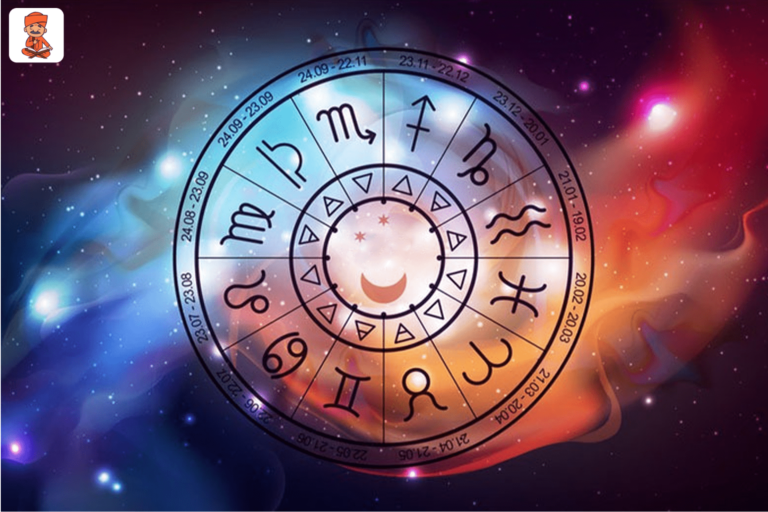
The Hindu Calendar, also known as the Panchang, is an intricate system that integrates both the lunar and solar cycles, guiding various aspects of religious life, festivals, and personal rituals for Hindus. Unlike the Gregorian calendar, which is purely solar, the Hindu calendar is lunisolar, combining the movements of the sun and the moon to structure the year. It has a deep connection to Vedic astronomy and astrology, influencing many traditions and practices across India.
Structure and Components
The Hindu calendar organizes time based on both lunar months and solar movements. The year is typically divided into twelve lunar months, each corresponding to the moon’s phases. These months begin with the new moon (Amavasya) and end with the full moon (Purnima), a system known as the Hindu calendar. The lunar month lasts about 29.5 days, making the lunar year approximately 354 days long.
To align the lunar year with the solar year, an extra month called Adhik Maas (intercalary month) is added every two to three years. This ensures that the festivals and seasons remain consistent with solar cycles. Without this adjustment, the Hindu festivals, such as Diwali or Holi, which are closely tied to agricultural seasons, would drift away from their seasonal significance.
The solar calendar aspect of the Hindu system tracks the sun’s movement through the twelve zodiac signs, beginning with Mesha (Aries) and ending with Meena (Pisces). These solar months are used more prominently in certain regions of India, especially in Tamil Nadu and Kerala, while the lunar months dominate in northern and central parts of India.
Months in the Hindu Calendar
The names of the twelve months in the Hindu calendar, based on the lunar cycle, are:
- Chaitra
- Vaishakha
- Jyeshtha
- Ashadha
- Shravana
- Bhadrapada
- Ashwin
- Kartika
- Margashirsha
- Pausha
- Magha
- Phalguna
Each of these months has spiritual significance and is linked to various festivals, religious observances, and agricultural activities. For example, Chaitra marks the beginning of the Hindu New Year in many regions, and festivals like Rama Navami and Navratri are celebrated during this month. Similarly, Ashwin is known for the grand festival of Durga Puja and the celebration of Diwali.
Importance of Tithis, Nakshatras, and Muhurtas
A crucial part of the Hindu calendar is the calculation of tithis (lunar days), nakshatras (constellations), and muhurtas (auspicious times). A month is divided into two phases, Shukla Paksha (waxing moon) and Krishna Paksha (waning moon), each consisting of fifteen tithis. The tithi plays an essential role in determining the dates of festivals and religious ceremonies.
Additionally, the calendar tracks the position of nakshatras, or lunar constellations, which are used in Vedic astrology to determine auspicious days for events like weddings, housewarming ceremonies, and other significant life events. Each nakshatra represents a specific time and day in the calendar when certain activities are believed to bring better results.
Role in Festivals and Rituals
The Hindu calendar is also the basis for setting the dates of important Hindu festivals. Major celebrations such as Diwali, Holi, Raksha Bandhan, Navratri, and Makar Sankranti are aligned with specific tithis and lunar phases. Every religious or cultural ritual, from temple festivals to personal milestones, adheres to the timing provided by the Panchang.
Festivals like Maha Shivaratri fall on the 14th day of Krishna Paksha, while Guru Purnima is observed on the full moon day of Ashadha. These observances help maintain the spiritual rhythm of the year and are intertwined with the seasonal cycles of agriculture, making them a fusion of religion and the natural world.
Conclusion
The Hindu calendar is a profound expression of India’s religious, cultural, and scientific heritage. By harmonizing both the lunar and solar movements, it not only helps in marking time but also plays a pivotal role in organizing the rhythm of Hindu life. Through its precise calculations, it links humans with the cosmic cycles, ensuring that religious observances remain in sync with both spiritual beliefs and natural patterns.